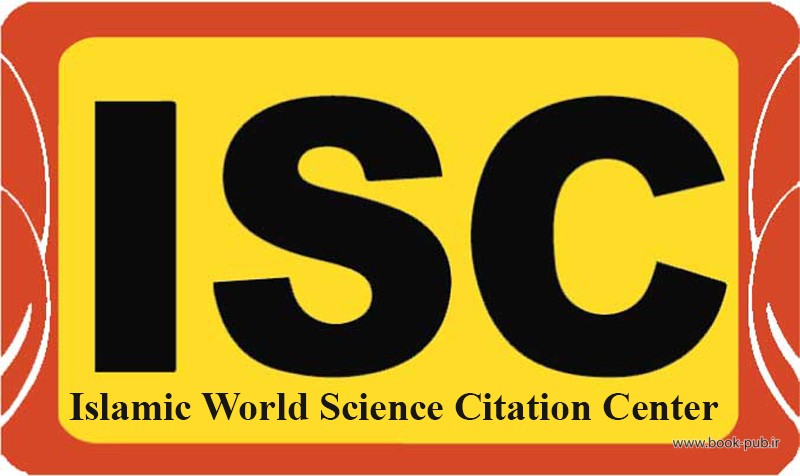Strategies for learning and transmitting archeological concepts to children in archeological museums
DOI:
https://doi.org/10.58342/.v11i3.82Keywords:
Archeology, Children, Education, Games, Learning, MuseumsAbstract
Education is one of the main missions of museums in the world, so museums, as social foundations and at the same time education-oriented, can help educate and retrieve the elements of historical and social identity of people in their community. Archaeological museums play an important role in introducing and recognizing these elements. One of the aims of this research is to express the educational and learning basics of children and to present new solutions to attract the child audience in archeological museums. The necessity of conducting this research is to have a living cultural heritage, to acquaint children with national and ethnic identity, and to establish a connection between the child's audience and archaeological concepts. The method of this research is based on library studies and follows a descriptive-analytical approach. The results of this study show that archeological museums are working to educate children.
References
الف: منابع فارسی
براک، مانفردلبم. (1383). «موزه، روانشناسی و معماری». ترجمة فرهاد مالکی. ایران: نشریۀ موزهها. ش 39. صص51-53. قابل دسترس در:
<http://ensani.ir/file/download/article/20120514171208-9187-93.pdf>
جواهری، محمد رضا. (1383). «موزهها و کارکردهای آموزشی آن». ایران: نشریۀ موزهها. ش 40. صص 13- 17.
حسینزاده ساداتی، سیدجواد. (1390). «کارکردهای باستانشناسی در جوامع امروز». ایران: نشریۀ پژوهشهای باستانشناسی مدرس. ش پنجم. صص 1-3. قابل دسترس در:
<https://www.academia.edu/5007146>
حیدری، فاطمه. (1389). «نگاهی به تیپولوژی موزهها از ارگ سلطتنی تا موزههای مدرن». ایران: نشریۀ گردشگری. ش 25. صص 80-83. قابل دسترس در:
<https://www.magiran.com/paper/748559>
دوک، مقدم. (1394). «نگاهی به موزههای جهان». ایران: نشریۀ موزهها، توسه و گردشگری. ش اول.
رشتچی، مژگان.(1389). «ادبیات داستانی کودکان و نقش آن در رشد تفکر». ایران: نشریۀ تفکر و کودک. ش دوم. صص 23-37. قابل دسترس در:
<https://www.sid.ir/paper/480851/fa>
رضایی مهوار، میثم. (1392). «موزههای بازنمایی جهان». ایران: نشریۀ فرهنگ موزه. ش اول. صص1-42.
رکنی، محمد مهدی. (1361). «موزه در بینش اسلامی».ایران: نشریۀ مشکوه. ش اول. صص 1- 42. قابل دسترس در:
<https://www.noormags.ir/view/fa/articlepage/58391>
شیرازی، باقر. (1370). «موزه، مکان فرصتهای استثنایی».ایران: نشریۀ موزهها. ش 11. صص 2 – 5.
صباح، گاراژیان. (1393). «موزه در قلمرو باستانشناختی». ترجمۀ وحید ازادی. ایران: نشریۀ موزهها. ش 12. قابل دسترس در:
<https://elmnet.ir/article/1868054-58451>
فتحی، حیدر. (1384). «تأثیر بازی و اسباببازی در پرورش ذهن و خلاقیت کودکان». ایران: نشریۀ پیوند. صص309-310. قابل دسترس در:
<https://www.noormags.ir/view/fa/articlepage/117578>
کاتبی، فاطمه. (1379). «موزهها و نگارخانههای مدرن/ نگاهی کوتاه به روش مدیریت طراحی و دسترسی به موزهها». ایران: نشریۀ موزهها. ش26. صص 24-27.
محمودپور، بختیار. (1393). «موزههای علوم و سرمایۀ فرهنگی». ایران: نشریۀ ترویج علم. سال پنجم. ش 6. صص5-13. قابل دسترس در:
<https://www.magiran.com/volume/96455>
ملا صالحی، حمتالله. (1391). «از معبد موزهها تا موزههای عالم مدرن». ایران: نشریۀ سورة اندیشه. ش 64-65. صص 287-290. قابل دسترس در:
<https://www.noormags.ir/view/fa/articlepage/1006027/>
ب: منابع انگلیسی
Alexander, E. P., Alexander, M., & Decker, J. (2017). Museums in motion: An introduction to the history and functions of museums. Rowman & Littlefield.
Aquilina, J. D. (2011). The abelian tale of museology and museography: a history in words. Museology: International Scientific Electronic Journal, 6, 1-20.
Gyroscopic, E. (2005). “Standards of excellence in early learning: a model for Chicago children’s museum.
Hass, N.T. (2004). “Please touch museum, Philadelphia, Pennsylvania, project explores: How children are really learning in children museums”, the visitor studies association. 63-69.
Hooper-Green hill, E., Missouri, T. (1990-1999). “Researching learning in museums and galleries Leicester: Research center for museums and galleries.
Lasky, p. (2009). “Learning from objects: A future for 21st-century urban arts education”, Perspectives on urban education, 72-76.
Lewis, G. (2007). “The history of museums”, Encyclopedia Britannica.inc, Retrieved December 2016.
Desvalees, A., Mairesse, F. (2010). “Key Concepts of Museology”, Paris: ICOM and Armand Colin.
Ambrose, T., Pan, C. (2006). “Museum Basics”, New York, Routledge.
Hell, G.E. (2007). “The role of museums in society: Education and social action.
Mac Donald, G, B. (2007). “Museums and tourism/ Stakeholders, resource and sustainable development”, International Museum Studies Mouseion.
پ: منابع اینترنتی
کانون توسعه فرهنگی کودکان. (1393). «تأثیر قصه در خلاقیت و رشد ذهنی، عاطفی و اجتماعی کودک». قابل دسترس در:
Downloads
Published
How to Cite
Issue
Section
License
Copyright (c) 2022 فصلنامه علمی -پژوهشی غالب

This work is licensed under a Creative Commons Attribution-NonCommercial-NoDerivatives 4.0 International License.













